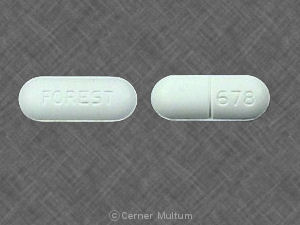Esgic-Plus Interactions
There are 716 drugs known to interact with Esgic-Plus (acetaminophen/butalbital/caffeine), along with 23 disease interactions, and 6 alcohol/food interactions. Of the total drug interactions, 47 are major, 618 are moderate, and 51 are minor.
- View all 716 medications that may interact with Esgic-Plus
- View Esgic-Plus alcohol/food interactions (6)
- View Esgic-Plus disease interactions (23)
Most frequently checked interactions
View interaction reports for Esgic-Plus (acetaminophen / butalbital / caffeine) and the medicines listed below.
- Adderall (amphetamine / dextroamphetamine)
- Ambien (zolpidem)
- Ativan (lorazepam)
- Celexa (citalopram)
- clonazepam
- Crestor (rosuvastatin)
- Cymbalta (duloxetine)
- Elavil (amitriptyline)
- Fish Oil (omega-3 polyunsaturated fatty acids)
- gabapentin
- Imitrex (sumatriptan)
- Klonopin (clonazepam)
- Lexapro (escitalopram)
- Lidoderm (lidocaine topical)
- lisinopril
- Lortab (acetaminophen / hydrocodone)
- meloxicam
- metformin
- Neurontin (gabapentin)
- Nexium (esomeprazole)
- Norco (acetaminophen / hydrocodone)
- omeprazole
- Phenergan (promethazine)
- promethazine
- Singulair (montelukast)
- Synthroid (levothyroxine)
- Topamax (topiramate)
- trazodone
- Vitamin D3 (cholecalciferol)
- Xanax (alprazolam)
Esgic-Plus alcohol/food interactions
There are 6 alcohol/food interactions with Esgic-Plus (acetaminophen / butalbital / caffeine).
Esgic-Plus disease interactions
There are 23 disease interactions with Esgic-Plus (acetaminophen / butalbital / caffeine) which include:
- alcoholism
- liver disease
- acute alcohol intoxication
- drug dependence
- liver disease
- porphyria
- rash
- respiratory depression
- cardiac disease
- hypertension
- psychiatric disorders
- PUD
- PKU
- adrenal insufficiency
- depression
- hematologic toxicity
- osteomalacia
- paradoxical reactions
- cardiotoxicity
- liver disease
- renal dysfunction
- seizure disorders
- GERD
More about Esgic-Plus (acetaminophen / butalbital / caffeine)
- Esgic-Plus consumer information
- Compare alternatives
- Reviews (12)
- Drug images
- Side effects
- Dosage information
- During pregnancy
- Drug class: analgesic combinations
Related treatment guides
Drug Interaction Classification
| Highly clinically significant. Avoid combinations; the risk of the interaction outweighs the benefit. | |
| Moderately clinically significant. Usually avoid combinations; use it only under special circumstances. | |
| Minimally clinically significant. Minimize risk; assess risk and consider an alternative drug, take steps to circumvent the interaction risk and/or institute a monitoring plan. | |
| No interaction information available. |
See also:
Further information
Always consult your healthcare provider to ensure the information displayed on this page applies to your personal circumstances.


